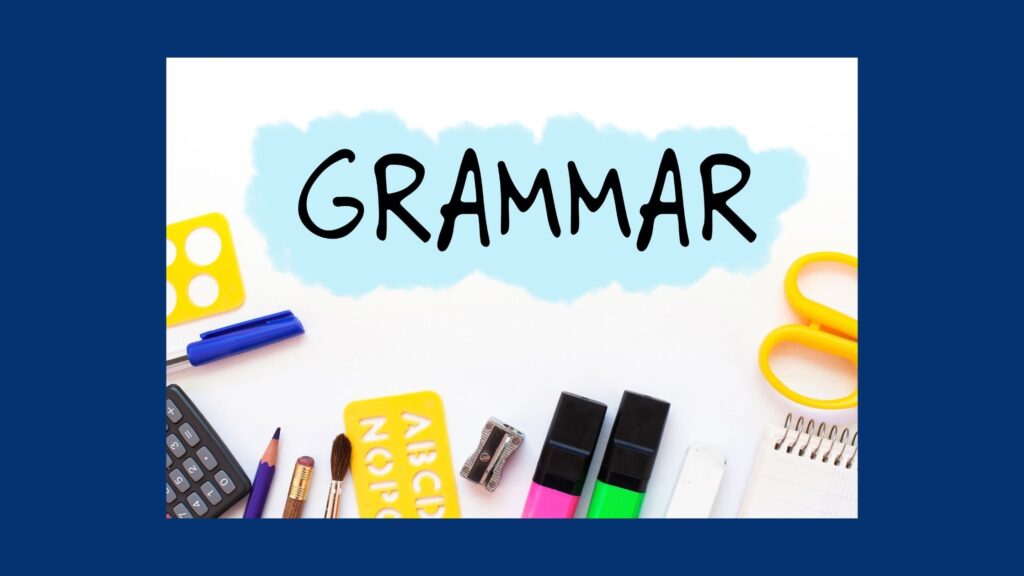
How to Use "Which" and "That" Correctly

Introduction
Which and that are relative pronouns. Their job is to introduce another clause that modifies the noun.
Which and that can be confusing for English speakers because we use them without much thought and often misuse them completely – they’re actually quite tricky to use correctly!
Sometimes we all would hesitate whether to use “that” or “which” in a sentence.
This would not be a problem only if they were truly interchangeable.
But actually, they are not.
They stress different things as was first formulated by Rev. Edwin A. Abbott in his 1883 classic “How To Write Things Clearly.”
Important Rule
Which and that can’t both be used in the same sentence.
You’re more likely to get away with using that in a question, but even then it doesn’t work unless you’re asking about something very specific.
Restrictive and Nonrestrictive Clauses
At this point, we need to understand better what these two types of clauses are since they are related to the rules that govern the use of “which” and “that.”
Restrictive Clause
A restrictive clause is one that contains essential information about the noun you’re modifying. It must be able to stand on its own as a sentence. Otherwise it can’t be a restrictive clause and so should be preceded by “which.”
“That” can only introduce a restrictive clause.
Example
“The trophy that I won stands on the mantel.”
(Here the stress on the nature of the trophy. What separates it from all the other trophies in the world is the fact that it was won by me.)
Nonrestrictive Clause
A non-restrictive clause is one that does not contain essential information about the noun you’re modifying.
“Which” can only introduce a nonrestrictive clause.
Example
“The trophy which I won stands on the mantel.”
(Here the stress is on me, on the fact that I am the one who won the trophy.)
In a Nutshell
WHICH stresses the SUBJECT and VERB of the sentence.
THAT qualifies and explains its OBJECT.
For example:
“He closed down his business which did not make any sense.”
(The act of closing down did not make any sense.)
Compare this to:
“He closed down his business that did not make any sense.”
(His business – the OBJECT – did not make any sense.)
Another example:
“She won a race which we knew nothing about.”
(We did not know anything about her act of winning a race.)
“She won a race that we knew nothing about.”
(We did not know anything about the race – the OBJECT – that she won.)
Another Way to Use Which versus That Correctly
“Which” is used to introduce a choice between two or more things.
“That” is used when referring to something without a specific designation.
Examples
- “I have two cakes that are both chocolate.”
- “I have two cakes, one of which is chocolate.”
- “I have two cakes, the first of which is chocolate.”
Conclusion
Eliminate ambiguity by selecting your “which” and “that” carefully.
